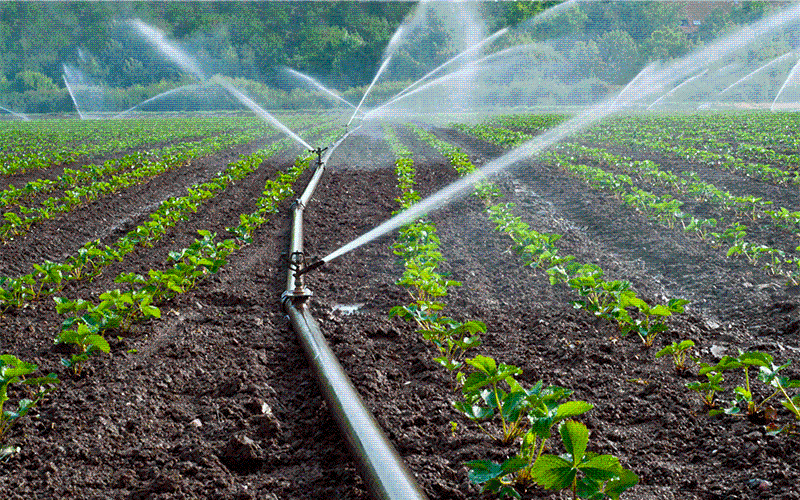
Green walls, grey water, and multi-coloured bacteria
A new study has found that certain combinations of recycled water irrigation and bacterial treatments may improve the appearance of outdoor green walls.
The research, a collaboration between scientists in the UK and Iran and published in Landscape Architecture Frontiers, looked at the appearance of four common green wall species
- Festuca ovina or sheep’s fescue
- Ophiopogon japonicus or mondo grass
- Aptenia cordifolia or baby sun rose
- Carpobrotus edulis or pigface
Each species was irrigated with either greywater, wastewater or urban water and subjected to one of four bacterial treatments:
- Mix B1 (Psedoumonas flucrecens, Azosporillum liposferum, Thiobacillus thioparus, and Aztobactor chorococcum)
- Mix B2 (Paenibacillus polymyxa, Pseudomonas fildensis, Bacillus subtilis, Achromobacter xylosoxidans, and Bacillus licheniform)
- Mix B3 (Pseudomonas putida, Acidithiobacillus ferrooxidans, Bacillus velezensis, Bacillus subtilis, Bacillus methylotrophicus, Mcrobacterium testaceum)
- B0 (non-inoculated control)
The scientists found that a combination of wastewater and mix B2 or B3 produced the most attractive sheep’s fescue, baby sun rose, and pigface, while greywater and mix B1 led to the best looking mondo grass.
Green walls continue to grow in popularity and deliver benefits for people and the environment, yet findings like these could help make them even more sustainable, particularly in water stressed areas.
